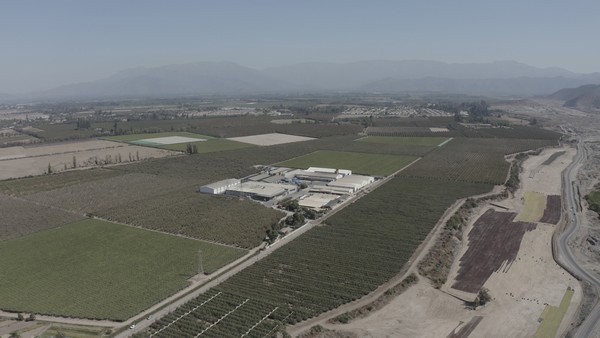With headquarters in Vitacura and subsidiaries in Buin, Los Andes and Graneros, Frutexsa has more than 500 employees in its plum, walnut, raisin and almond facilities. When it comes to prunes, the company, owned by ChilePrunes, had a production reaching 10,000 tons this season, which entailed a 12% drop compared to 2019. 90% of its own production is exported dehydrated and 10 % is shipped fresh. The main destinations are Russia, Mexico, Spain, the UK, Italy and Poland.
"Despite the challenges presented by the pandemic, in the case of plums, we expect a fairly similar year or a small reduction in the demand compared to previous years," says Sebastián Plaza, sales and product manager at Frutexsa. "We are still waiting for the second semester, but to date, overall progress is similar to that of last year."
"As for the sizes, given the boom of fresh plums, producers have prepared the plantations to be able to harvest larger fruit. This has led to there being a greater supply of large sizes and a shortage of medium and small sizes.”

“This lower supply of medium and small calibers resulted in them being sold quickly, and the prices improved compared to previous years. Meanwhile, the sale of large calibers has fallen a little.”
The consequences of the pandemic have led to an increase in sales through the supermarket channel and a considerable drop in the Horeca channel, with an overall 20% drop in shipments. “However, we expect that with the new normal in Europe, the pace of shipments will increase, given that the market is short of supplies. Poland, for example, is a very attractive market and we see that the rise of plum consumption continues. At the same time, it is advisable to keep an eye on the harvests of Romania, Serbia and Uzbekistan. Although their quality is much lower than ours, when prices are very low, the demand for Chilean plums may be affected.”
Frutexsa has a strong presence in China, mostly with its walnuts and raisins. As for plums, an interesting market has developed for semi-processed products.
"In general, the consumption of prunes in the world has remained stable despite the increase in the population and the greater awareness about eating habits. The new trends are related to more sustainable packaging and new forms of distribution, but the collective challenge of our industry is to promote the benefits of plums and increase their consumption," says Sebastián Plaza.
 For more information: www.frutexsa.cl
For more information: www.frutexsa.cl
